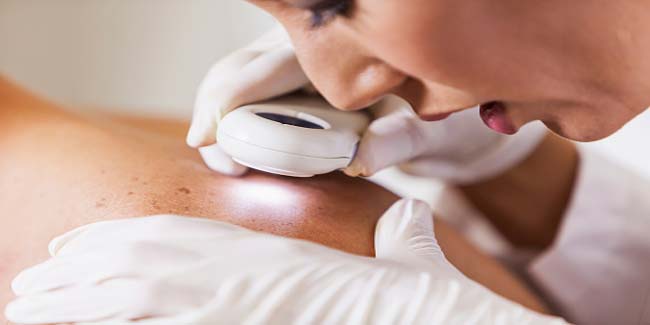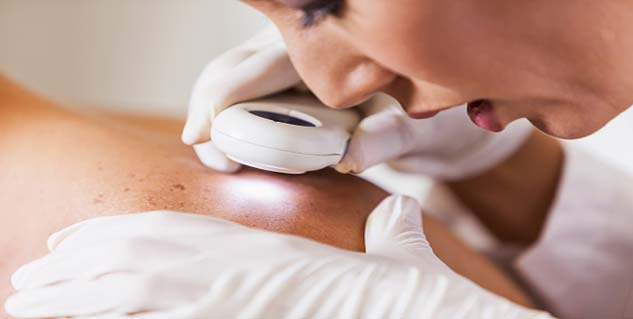
Skin is the largest organ in the body that protects it from harmful sources including heat, sunlight, injury and infection. It also controls the body’s temperature and stores water, fat, and vitamin D. Skin has several layers of which the epidermis and the dermis are the most important. The epidermis is made up of three kinds of cells; the squamous cells, the basal cells and melanocytes. Skin cancer affects these cells and may cause early visible symptoms, which can help the doctor to make an early diagnosis. Skin cancer, like most cancers, can be cured.
Table of Content:-

One of the most effective treatments for skin cancer is Mohs surgery, which offers twofold benefits. First, it removes only the cells that need to be removed without removing any tissue and second, it offers a high success rate. Unlike normal cancer treatment, skin cancer treatment is simple and less complex. Here is why surgery for skin cancer is not as scary as you may anticipate it to be.
Easy procedure
Mohs surgery, named after Frederic Mohs, is a simple procedure which can be done under local anesthesia. The surgeon starts by cutting out a small piece of the tumour and freezes and stains the tissues to look at under a microscope. If a root is visible, the surgeon will cut another layer of the tumor, repeating the same process until the entire cancer is gone.
Very effective
Although Mohs surgery is generally used on basal and squamous cell cancers, in some cases, it can be used to treat melanoma, making it quite useful for all types of skin cancers. It is very effective around the eyes, nose, mouth, and ears and it can be very useful around the cheeks for large tumors. If the cancer is confined to outer layer of the skin, the surgery is likely to be very effective.

Takes only few hours to complete
The surgery usually takes one to three hours to complete. Initially, the affected area of the skin’s outer layer is removed. It takes around 20-30 minutes and then the surgeon inspects and removes the affected cells. You may also need to get another layer removed if required.
It hurts, but not much
Yes, the surgery hurts but only as much as a biopsy. The affected area is numbed with a local anaesthesia. After the initial stick of the needle, there is minimal discomfort.
No major scar
The surgery will leave a scar where it is performed, but the scar will become less noticeable over time. It may take six months for the redness to fade and for the scar to settle down, but after that the scars will hardly be noticeable.
How we keep this article up to date:
We work with experts and keep a close eye on the latest in health and wellness. Whenever there is a new research or helpful information, we update our articles with accurate and useful advice.
Current Version